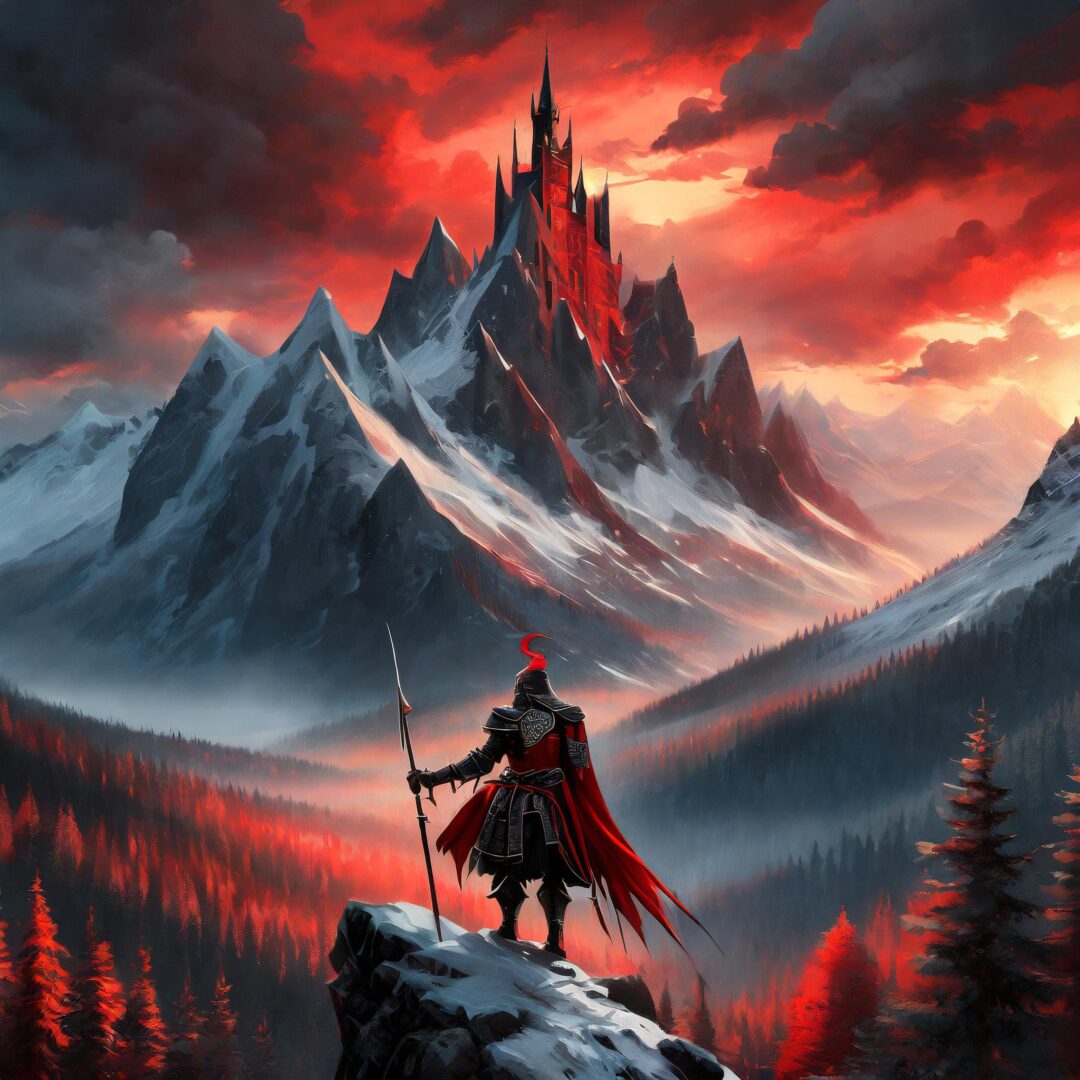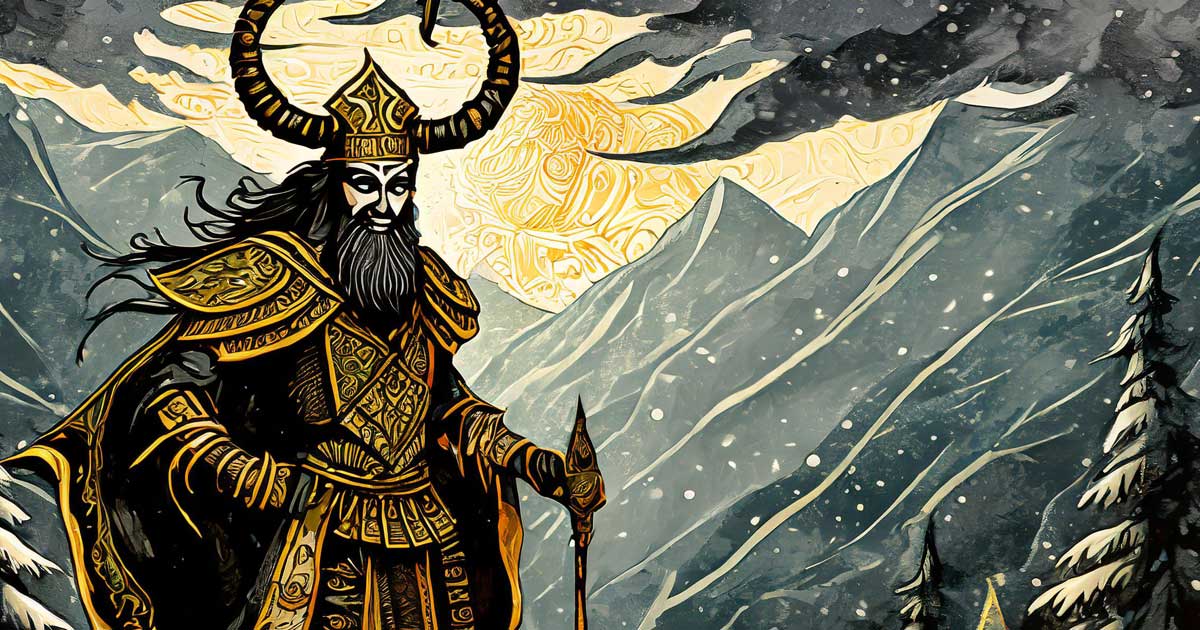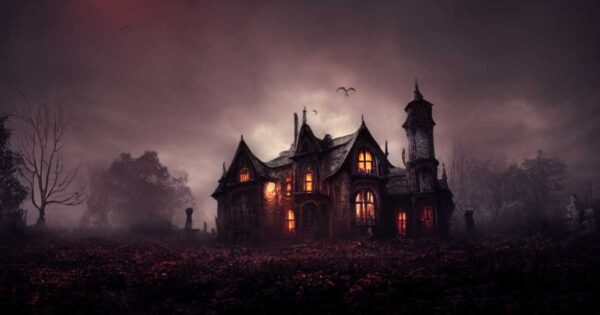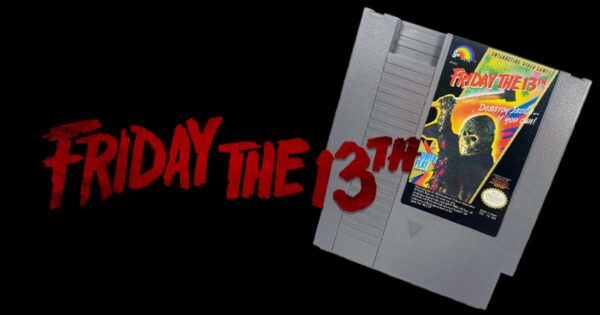Vampire Folklore
For centuries, the mysterious allure of vampires, those nocturnal creatures that straddle the line between fascination and terror, has permeated human culture. Beyond the realm of folklore and fiction, history unveils the existence of individuals who, due to their actions and notoriety, have earned the haunting moniker of “real-life vampires.” In this in-depth exploration, we delve into the sinister tales of five figures who have etched an indelible mark on the pages of history, each contributing their own unique stories of cruelty and mystery.
1. Vlad the Impaler

Vlad III, known as Vlad the Impaler, ascended to power as the ruler of Wallachia in the 15th century. His grim moniker arose from his preferred method of execution – impaling enemies on long, sharp stakes. Though Bram Stoker’s Dracula drew inspiration from Vlad’s brutal reputation, the real-life figure was a ruthless and fearsome leader who employed savage tactics against invading forces. Vlad the Impaler’s actions left an indelible mark on history, perpetuating his legacy as a symbol of brutality.
2. Elizabeth Bathory

Dubbed the “Blood Countess,” Elizabeth Bathory, a Hungarian noblewoman born in the late 16th century, gained infamy for alleged serial killings. Accused of murdering hundreds of young girls and bathing in their blood for purported beauty benefits, Bathory’s life has become a dark and mysterious chapter in European history. The extent of her crimes is a subject of debate among historians, yet her legacy as the Blood Countess endures, reflecting the macabre fascination with her alleged deeds.
3. Peter Plogojowitz
In 1725, the Serbian village of Kisilova witnessed a bizarre turn of events surrounding Peter Plogojowitz‘s death. Villagers claimed to have seen him walking through the streets shortly after being buried, sparking a wave of panic and vampire hysteria. Fearing the return of a vampire, villagers exhumed Plogojowitz’s body, discovering signs of vampirism such as blood on his lips and nails. This event stands as one of the earliest recorded instances of vampire hysteria in history, offering a glimpse into the power of superstition and fear in shaping communities.
4. Mercy Brown
The late 19th century witnessed a resurgence of vampire folklore in New England, particularly in Rhode Island. In 1892, Mercy Brown’s death from tuberculosis prompted her family to take drastic measures. Believing her to be a vampire responsible for the spread of the disease, they exhumed her body, removed her heart, and burned it in a desperate attempt to halt the consumption that plagued their family. Mercy Brown’s case serves as a chilling example of how superstitions and fear can take hold in times of desperation, transcending logical explanations.
5. Arnold Paole
In 18th-century Serbia, Arnold Paole’s claim of being bitten by a vampire led to his death and triggered a series of mysterious deaths and attacks in the village. Villagers, gripped by fear, believed Paole had returned from the grave to torment the living. Authorities exhumed Paole’s body, revealing signs of vampirism such as fresh blood in his mouth. This case significantly contributed to the widespread belief in vampires and fueled the vampire hysteria in the region, showcasing the profound impact of folklore on collective psyche.
Real-Life Vampires
Embarking on the exciting journey of real-life vampires takes us into a world filled with interesting stories, myths, folklore, and historical figures. Vampires, often associated with the supernatural, aren’t just creatures of imagination. In fact, some real people, due to their actions and stories, are called “real-life vampires.” These individuals, taken from the pages of history, blur the lines between what’s real and what’s not, creating a tale that’s both fascinating and a little bit spooky. Come along as we uncover the dark stories and discover the mysterious lives of these real-life vampires, helping us understand the intriguing allure that has captured people’s imaginations for many years.
While these historical figures may not align with the supernatural image of vampires from folklore and fiction, their deeds and the tales surrounding them have woven a dark and mysterious tapestry into history. Driven by fear, superstition, or actual crimes, these real-life vampires have become integral to a macabre narrative that continues to captivate the imagination of those drawn to the shadowy corners of the past. The enduring legacy of these figures serves as a testament to the timeless fascination with the mysterious and the macabre in human history.















Add a comment